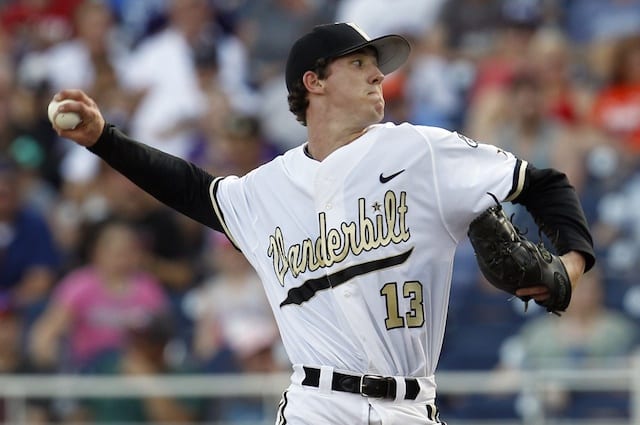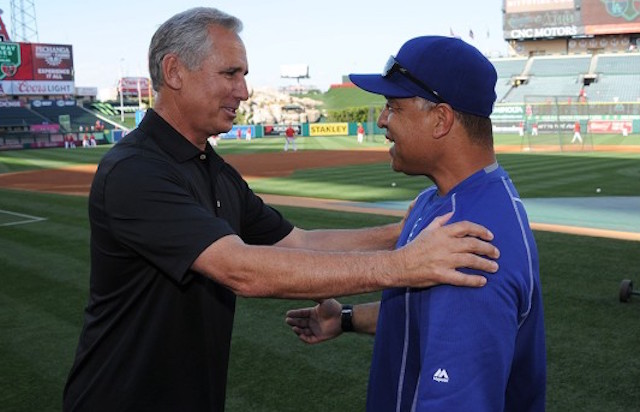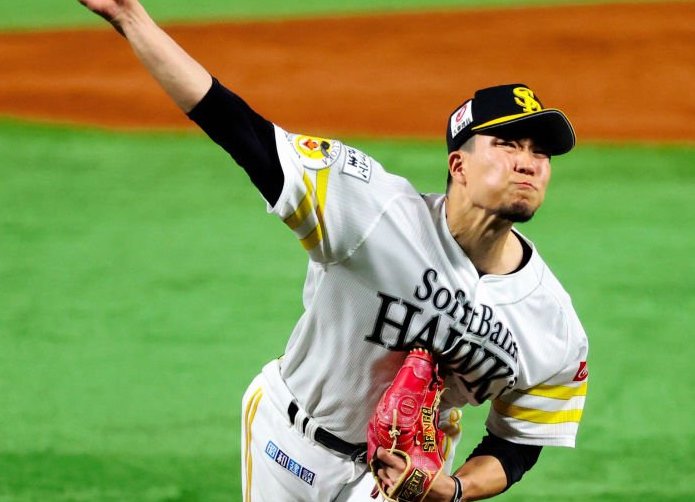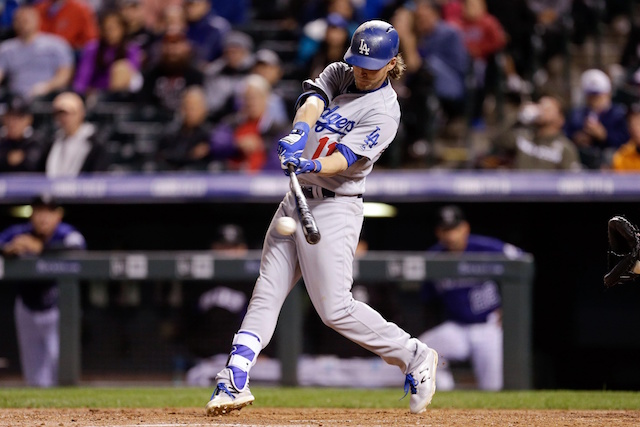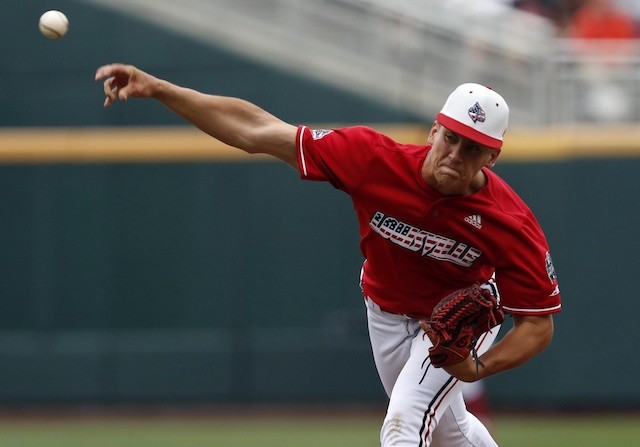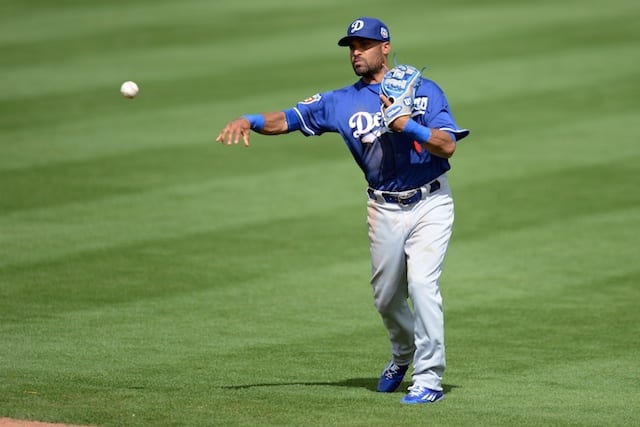
13. Chris Anderson, RHP
As was the case with Buehler, Anderson was at one time considered a top-10 prospect. After being overworked during the college season, he fell in the 2013 draft. The Dodgers nabbed Anderson at No. 18, believing he was an under appreciated power arm.
In his pro debut, he struck out the side on 10 pitches for Low-A Great Lakes. In 2014, he spent the season with the Quakes, posting a 4.62 ERA but he struck out nearly 10 batters per nine innings. Last season, he moved up to Double-A ,where his ERA (and strikeouts) dropped, before a forgettable stint in Triple-A.
Anderson is a power pitcher but his velocity wasn’t overwhelming in Double-A, particularly late in the season. He worked at 89-93 mph most of the time, sitting around 91, with some arm side run. He throws both a curve and slider, with the latter showing more promise.
His changeup is advanced and could be another above average to plus pitch for him down the road. The biggest issue with Anderson is command as he’s walked more than four batters per nine innings each of the past three seasons.
Anderson’s strikeouts also dropped dramatically last season, which is minor cause for concern. With the lack of command, he may profile best as a reliever, though he’ll continue to get the opportunity to start. Even though he made 23 starts for the Drillers last season, he could return there in 2016 due to an overcrowded Triple-A Oklahoma City staff.
12. Micah Johnson, 2B
A ninth-round pick in 2012 out of baseball powerhouse Indiana University at Bloomington, Johnson hit the ground running, stealing 84 bases the following year during his first full season as a pro.
In 385 Minor League games, he stole 153 bags and batted .301. He came to the Dodgers last December in the three-way trade with the Cincinnati Reds and Chicago White Sox. Johnson’s carrying tool is his speed, which has been rated as high as a 75 on the 20-80 scale.
He gets out of the box quickly and burns around the bases. The speed also helps him in the field, where he’s improving as a defender. At the plate, Johnson makes plenty of contact and draws a fair amount of walks, but power isn’t a big part of his game.
Even with Kendrick likely to be on the disabled list come Opening Day, Johnson never really got much consideration for the roster due to the Dodgers’ depth at second base. He’ll be ticketed for second base with the OKC Dodgers, but should come up by September — at the latest — as a designated pinch-runner.
11. Yusniel Diaz, OF
The Dodgers began their Cuban expedition in 2012 by inking Yasiel Puig to a seven-year, $42 million contract. They continued with players such as Erisbel Arruebarrena, Pablo Fernandez, Alex Guerrero and Hector Olivera.
However, it wasn’t until over the last year that the Dodgers began adding amateur Cuban talent at a torrid pace. Diaz was signed in November for a substantial $15.5 million. Scouting reports were somewhat thin on Diaz before he made it to the states, as he’d played sparingly in Cuba’s top league, but he produced impressive numbers as a 17 year old.
After personally watching Diaz in parts of four games this spring and discussing him with scouts, the consensus is people aren’t sure yet what to make of the young outfielder. Diaz uses the opposite field plenty, though almost to a fault.
He hits off his front foot and flicks his wrists like he’s hitting a backhand with a tennis racket. Diaz makes a lot of contact and a good amount of it is of the line-drive variety, but he needs to get his hitting mechanics in order.
Power isn’t a big tool for him right now, but he should add strength over the next few years and develop at least average power down the road. The other parts of his game aren’t as refined.
Before watching him at Camelback Ranch, a pair of scouts said they’d yet to see him catch a ball in the field, with one saying he broke the wrong way on a routine fly ball. As the week went on, Diaz did manage to play adequately in the field, and he made a strong throw from center field to nail a runner at third base.
His speed was the most disappointing tool, as he’d been touted as a plus runner in reports. The best time personally witnessed of him running from home plate to first base was 4.36, which is slightly below average for a right-handed hitter.
He did look better once under way and covered enough ground in the outfield. One scout said he’d put fives on Diaz’s tools, calling them all Major League average. That actually makes for a good prospect, but it’s not in line with what was written prior to his joining the team in Arizona.
Diaz is expected to break camp with High-A Rancho Cucamonga, which could be a daunting assignment for a 20 year old. Hopefully he can make the necessary adjustments quickly and develop on the run.
You can listen to Jared Massey on the weekly Dugout Blues Podcast.



